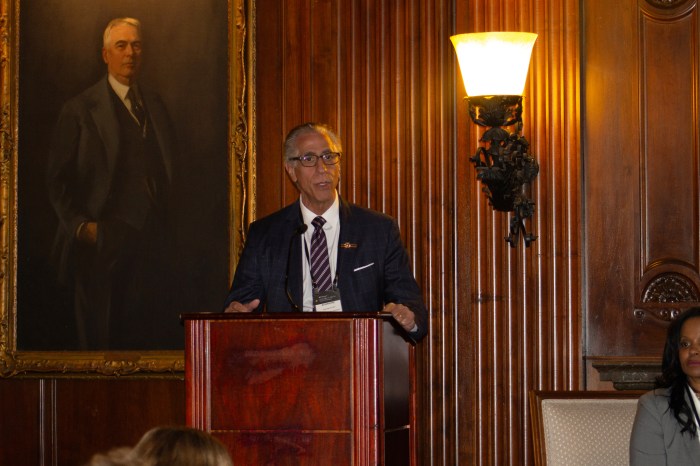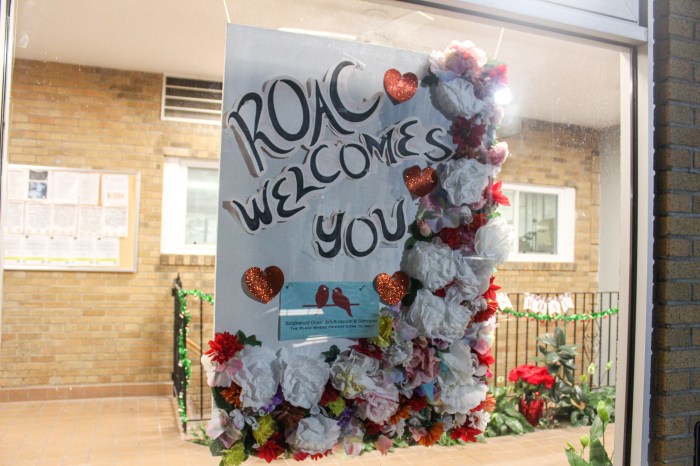BY ERIN MCCARRON | Youth smoking rates in our city declined from 17.6 percent in 2001 to 8.5 percent in 2007. But our progress has stalled since then.
Lesbian and gay youth, who struggle with the stress of coming out, bullying, discrimination and exacerbated peer pressure, are disproportionately affected by tobacco use. According to the New York City Department of Health and Mental Hygiene, in 2011, smoking rates among lesbian and gay youth in our city were more than three times higher than their heterosexual counterparts. It’s no surprise since the tobacco industry spends $196 million on tobacco marketing to target our youth and recruit them to become the next generation of smokers to replace those who are dying.
Our youth are bombarded each day by tobacco product displays and marketing as they walk to school, shop in convenience stores, buy snacks in pharmacies, and walk past the corner newsstand. Research shows that kids who shop at stores with tobacco marketing two or more times a week are 64 percent more likely to start smoking than their peers who don’t. Tobacco product displays and marketing encourage impulse buys and ensure that cigarettes are part of our youth’s everyday life.
During my recent vacation in Canada, I noticed their convenience stores did not have walls of tobacco products displayed behind the counter and no other tobacco marketing is up on the walls and in the windows of the stores. According to local mandate, Canadian stores selling tobacco products must keep them out of sight of customers, especially youth. Tobacco products can only be shown to adults upon request. Adult smokers who already know what they want to buy simply request their brand.
In New York City, there are roughly 9,500 tobacco retailers splattered with colorful product displays and signs purposefully placed at kids’ eye level. Seventy-five percent of these tobacco retailers in New York City are within 1,000 feet of a school. Young people are clearly targets of marketing, and the more they see, the more likely they are to smoke.
Eighty-eight percent of adults who smoke daily start smoking before the age of 18. In New York City, 20,000 public high school students currently smoke. In Manhattan alone, 4,000 public school students smoke. One out of three of these kids will die prematurely as a direct result of smoking. Tobacco use remains the leading preventable cause of death, claiming more lives than H.I.V./AIDS, suicide, alcohol, illegal drugs, firearms, car accidents and fires combined.
One way to prevent our youth from smoking is to limit their exposure to tobacco marketing and product displays in stores. We can also limit the sale of tobacco products near schools and at pharmacies. Tobacco companies continually entice our young people to start smoking with their aggressive and targeted marketing campaigns and expansive tobacco product displays.
Big Tobacco knows that in a consumer society, what you see is what you get. We’ve seen enough.
McCarron, LMSW, is the L.G.B.T. SmokeFree Project Coordinator at The Lesbian, Gay, Bisexual & Transgender Community Center. For more information, visit gaycenter.org.


















